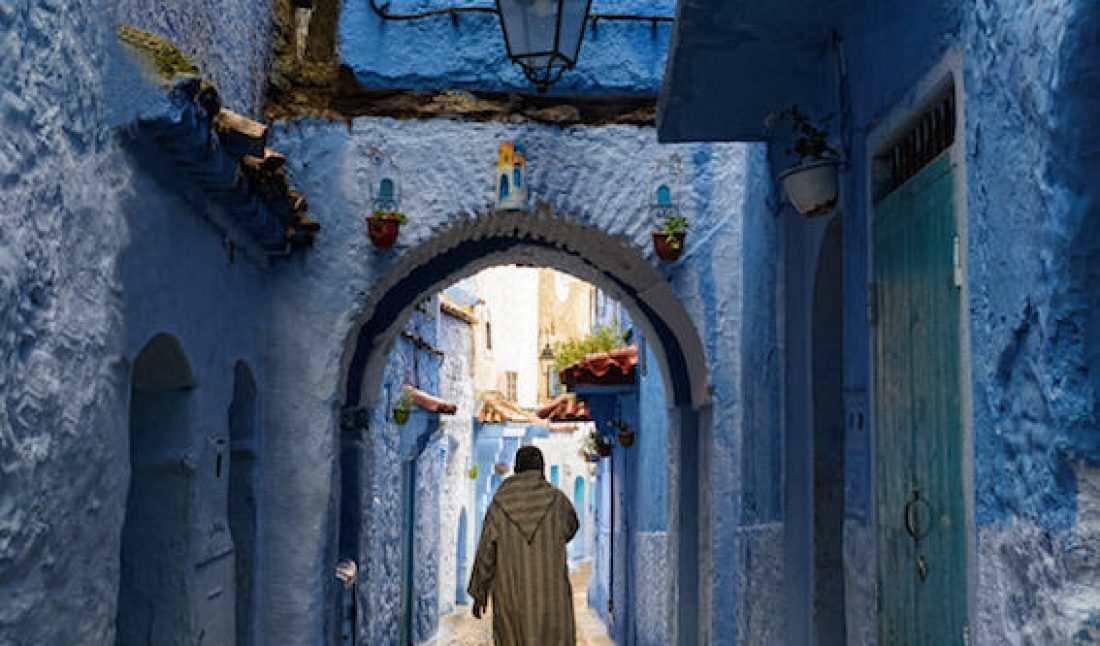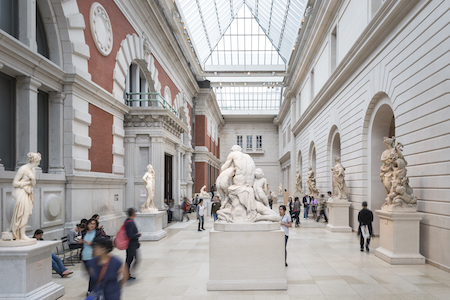At 8:30 a.m. one day in May, we boarded a helicopter on the east side of Manhattan with Vacheron Constantin. We were headed to Rhode Island for lunch at the Vanderbilt Grace mansion. There, after we ate, we took a yacht ride on the Mariner III to Sag Harbor in the Hamptons. After a four-hour cruise and a workshop in the vessel’s cabin with Christian Selmoni from the watchmaker’s design team, we finally reached our destination with new watches on our wrists—for a two-day try-on of the new Overseas collection (a revamp of the original collection that launched in 1996).
The next morning, after we awoke at Baron’s Cove, we set off on a two-hour classic car ride, with a pit stop in Port Jefferson, before getting back on the yacht for a final cruise to Manhattan that included a workshop with photographer Steve McCurry. He had been commissioned by Vacheron Constantin to photograph 12 global locations in celebration of the reimagined collection. Our three-day journey by land, air, and sea was just a taste of his recent around-the-world overseas adventures.
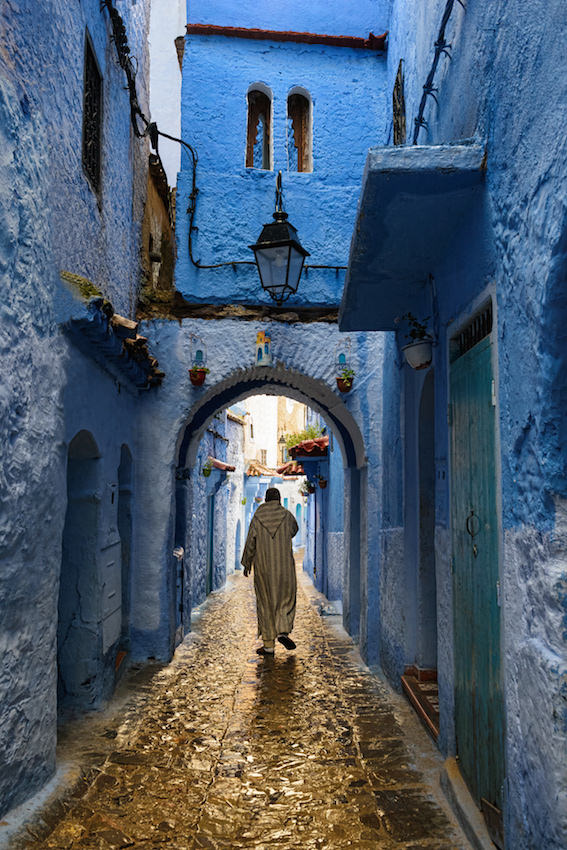
Speaking to him on board, we asked if he had a favorite location to shoot. It was challenging for him to pick one, but he spoke highly of New York’s iconic Grand Central Station, saying, “In my mind, the most interesting piece of architecture in New York City is Grand Central Station. I think with the grand ceilings and the artwork and the sculptures, it’s really a thing of beauty. In fact, if you compare that with Penn Station, which is very functional and ugly, you have a feeling of grandeur and poetry. It’s a place you want to go and just be.” After motioning to the next printed photograph, a striking image from China, he added, “I think I’ve been to almost every Buddhist country in the world, but I had never been to this—the largest sitting Buddha in the world. This is a 2,000-year-old sculpture and it’s just incredible. The magnitude of this thing! So that was great fun to go up there and see that.”
WHITEWALL: What initially drew you in this exciting project with Vacheron Constantin?
 Morocco—Chefchaouen, ©Steve McCurry/Vacheron Constantin.
Morocco—Chefchaouen, ©Steve McCurry/Vacheron Constantin.
STEVEN McCURRY: I was intrigued because the premise of the project was to photograph iconic works of architecture as a celebration of beauty, human ingenuity, creativity, and invention. The challenge was to identify and photograph locations that served utilitarian needs, but whose builders had made them beautiful, which is a basic human instinct across time and space.
My motivation was to discover a new métier and to meet the people who make the Vacheron Constantin timepieces. It was a real privilege to observe their work and admire their know-how. The precision and patience it takes to create a timepiece is fascinating. I never would have imagined that such passion goes into each watch.
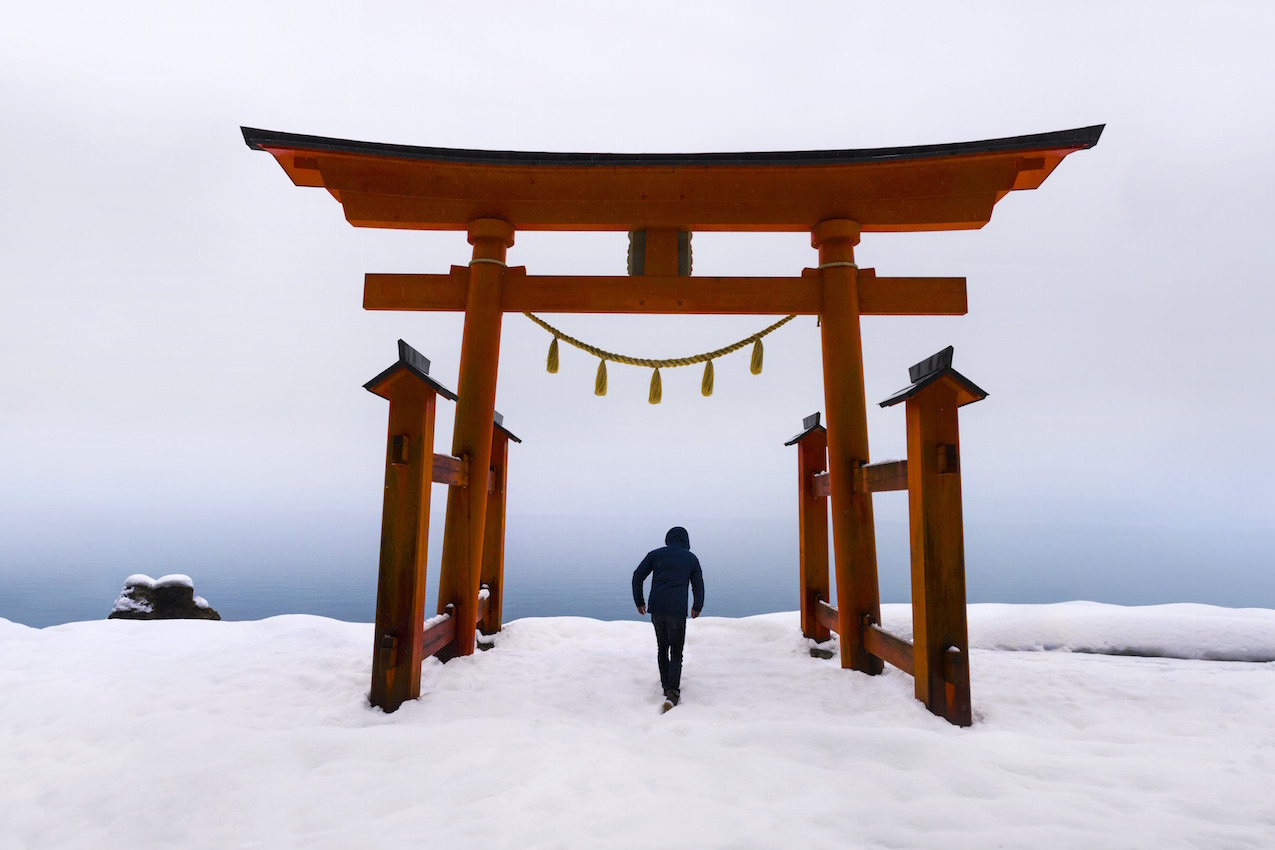 Vacheron Constantin – Steve McCurry – Tsurunoyu Japan 2
Vacheron Constantin – Steve McCurry – Tsurunoyu Japan 2
The collaboration with Vacheron Constantin allowed me to capture human achievements in twelve locations around the world.
WW: Tell us about your favorite location from the twelve you visited for the Overseas journey.
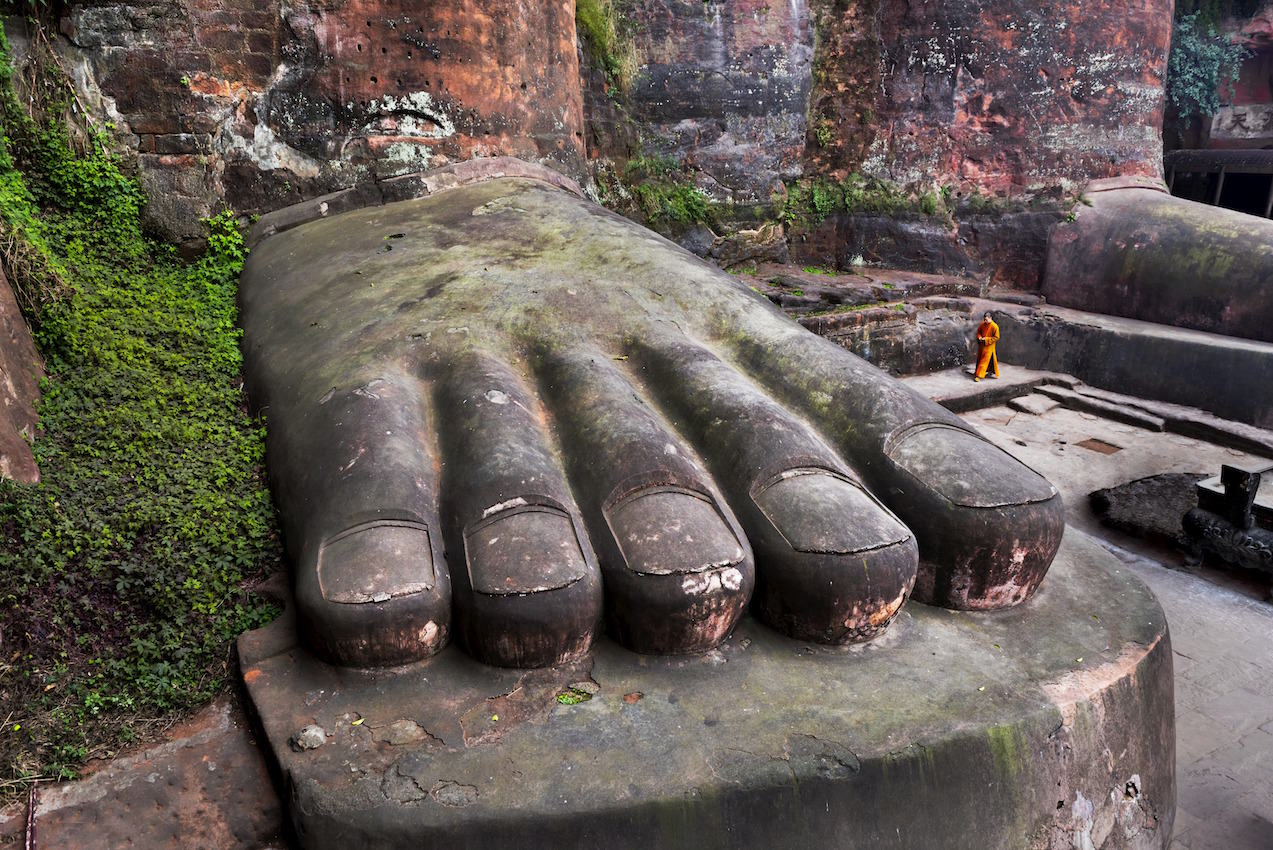 Ethiopia—Lalibela, ©Steve McCurry/Vacheron.
Ethiopia—Lalibela, ©Steve McCurry/Vacheron.
SM: I enjoyed all of the locations, but Japan was special. The contrast of hot springs, bitter temperatures, and the deep snow provided the perfect aesthetic for the project.
WW: Which locations had you not been to before? What was special about traveling to those places as a first-timer?
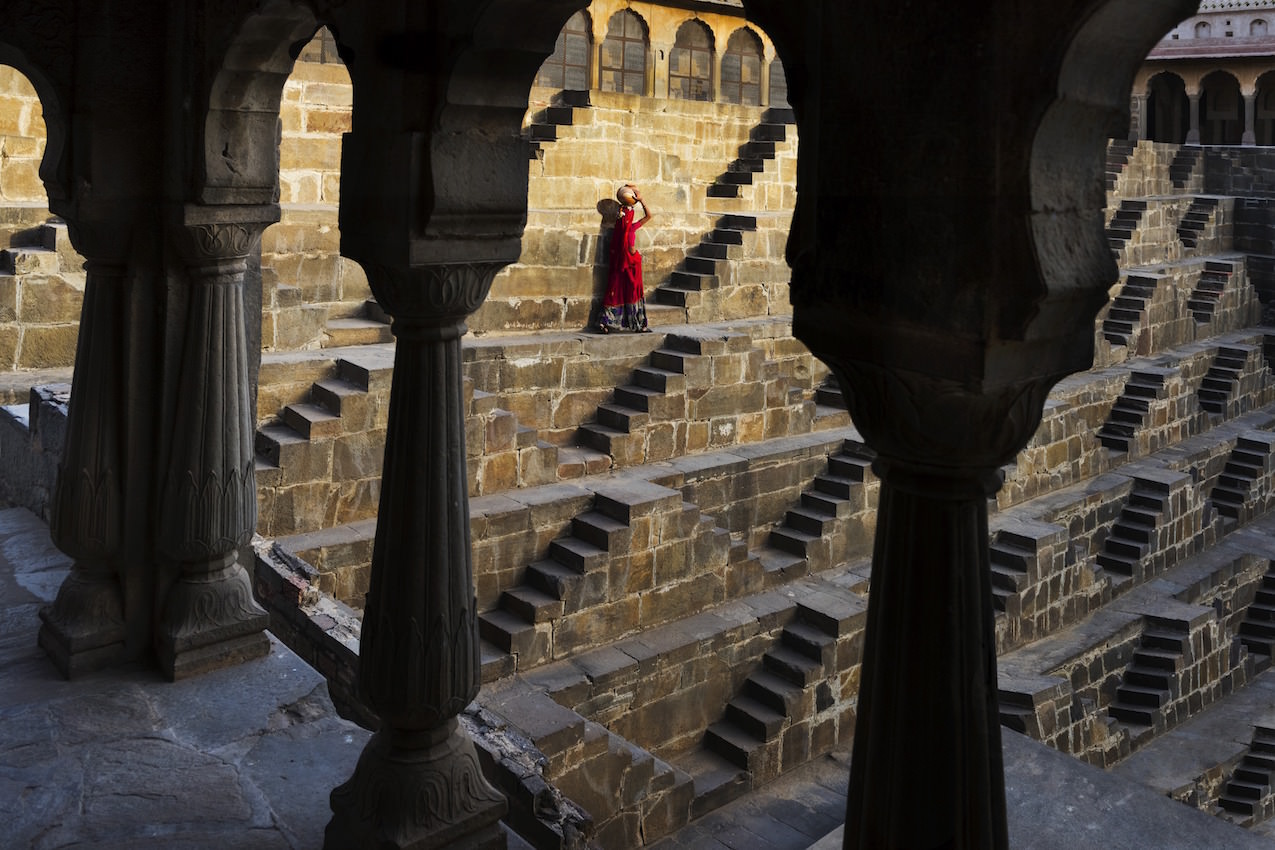
SM: During the Vacheron Constantin shoot we decided to photograph an aqueduct in Mexico. It’s a fascinating piece of architecture dating back five hundred years. I thought that location would produce maybe one or two interesting pictures, but was amazed and delighted by how many incredible situations we were able to find. There were shepherds with their flocks of sheep, boys playing football, and a lot of community activities, which helped to show the life around the aqueduct.
I was also fascinated by the Leshan Giant Buddha in Sichuan, China. It’s an enormous 71-meter stone statue that I have always wanted to visit, and to imagine seeing it two thousand years ago is incredible. The roof of GUM in Moscow was a great experience as well; it offers a spectacular view of Red Square, the Kremlin, and St. Basil Cathedral. It was a unique vantage point in Moscow that I had not experienced before.
WW: You discussed some images where you were in strenuous climate conditions. Can you tell us about the preparation it takes to shoot in a location, perhaps dangerous, like this?
SM: Some places are inaccessible because they’re remote and difficult to access. Some places are designated as off limits because of government restrictions and political upheaval. To gain access to these places takes patience, fortitude, and an unwavering determination to achieve what at first seems impossible.
WW: Your work is very artistic and encompasses a kind of storytelling. What is important to show the audience when telling a story through photographs? How is this project different for you than your previous work?
SM: The most important element to me in my photography is storytelling. Most of my images are grounded in people. I look for that unguarded moment and try to convey some part of what it is like to be that person, or in a broader sense, to relate their life to the human experience as a whole. We humans connect to one another via eye contact—there is a real power in that shared moment of attention, when you catch a glimpse of what it must be like to be in their shoes. I think this is one of the most powerful things about photography.
WW: Is there anything in particular that automatically draws you in when you’re in the field shooting images? Landscapes, architecture, people, animals? Or what do you personally enjoy photographing?
SM: I try to get beyond the postcard view to capture the flavor of a place. It’s about the people, so I look at that more than landscapes.
I go to places that I’m curious about. I like to go to places I have been before so I can examine them further, but going to new places is exciting and rewarding. I am often asked about which countries I enjoy photographing the most. That’s very hard to answer, but I do enjoy going back again and again to Buddhist countries: Laos, Thailand, Cambodia, Bhutan, Tibet, Sri Lanka, and Burma.
WW: You’ve presented works in group exhibitions and have had solo exhibitions (New York, Hong Kong) across the globe, and have provided countless editorial images for media outlets for at least thirty years. What has been your most rewarding experience to date? Why?
SM: Meeting Sharbat Gula again after so many years was an incredible experience. Her eyes have retained their fire and intensity. I think she’s still quite beautiful despite all the hardship she has endured. She has clearly led a difficult life, but through it, she has a strong and healthy family, and they have managed to thrive and make a better life for their children. Being able to find her and help her and her children after all the intervening years was one of the most incredible and rewarding experiences of my own life.
This article is published in Whitewall‘s fall 2016 Fashion Issue.







